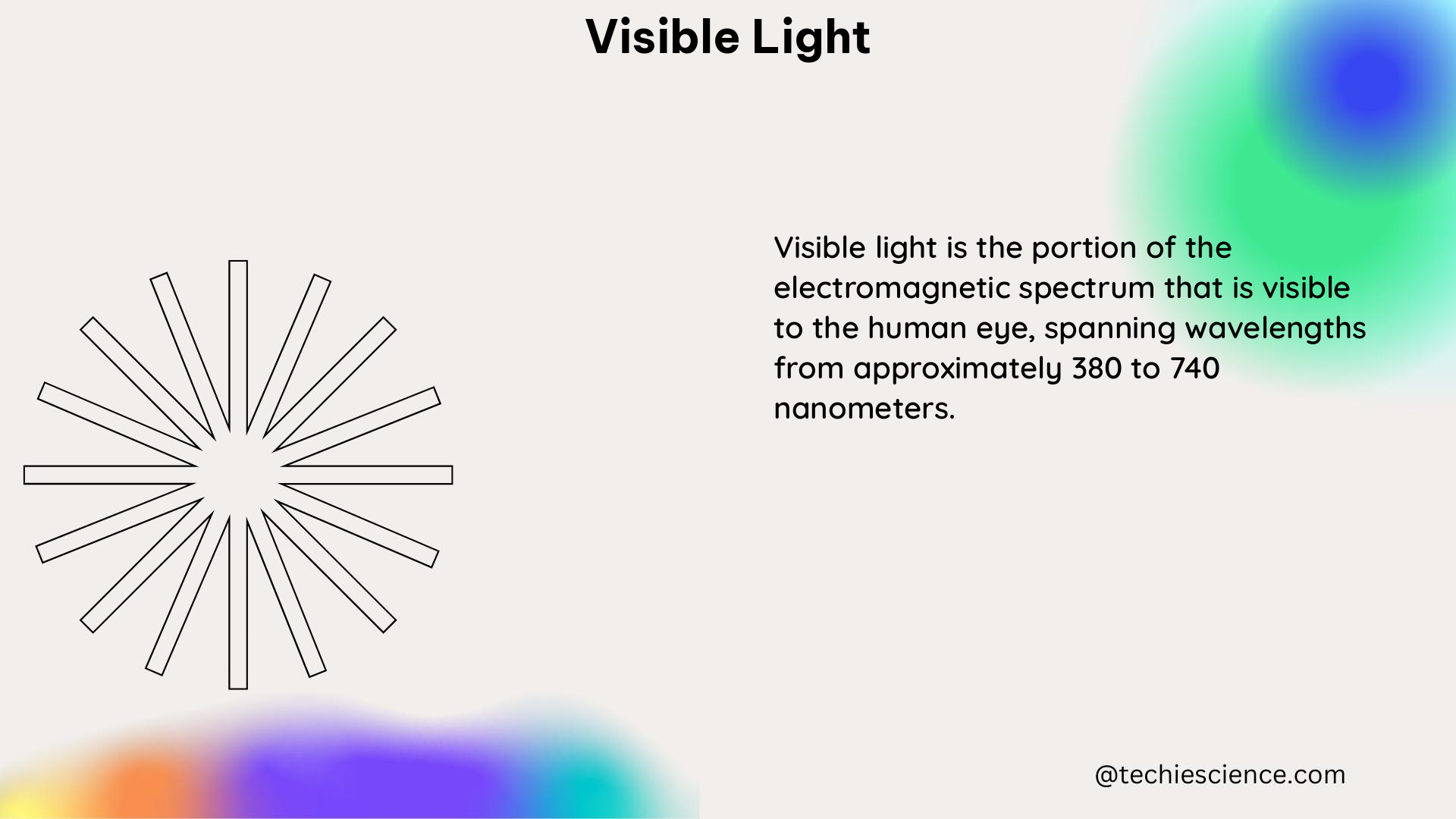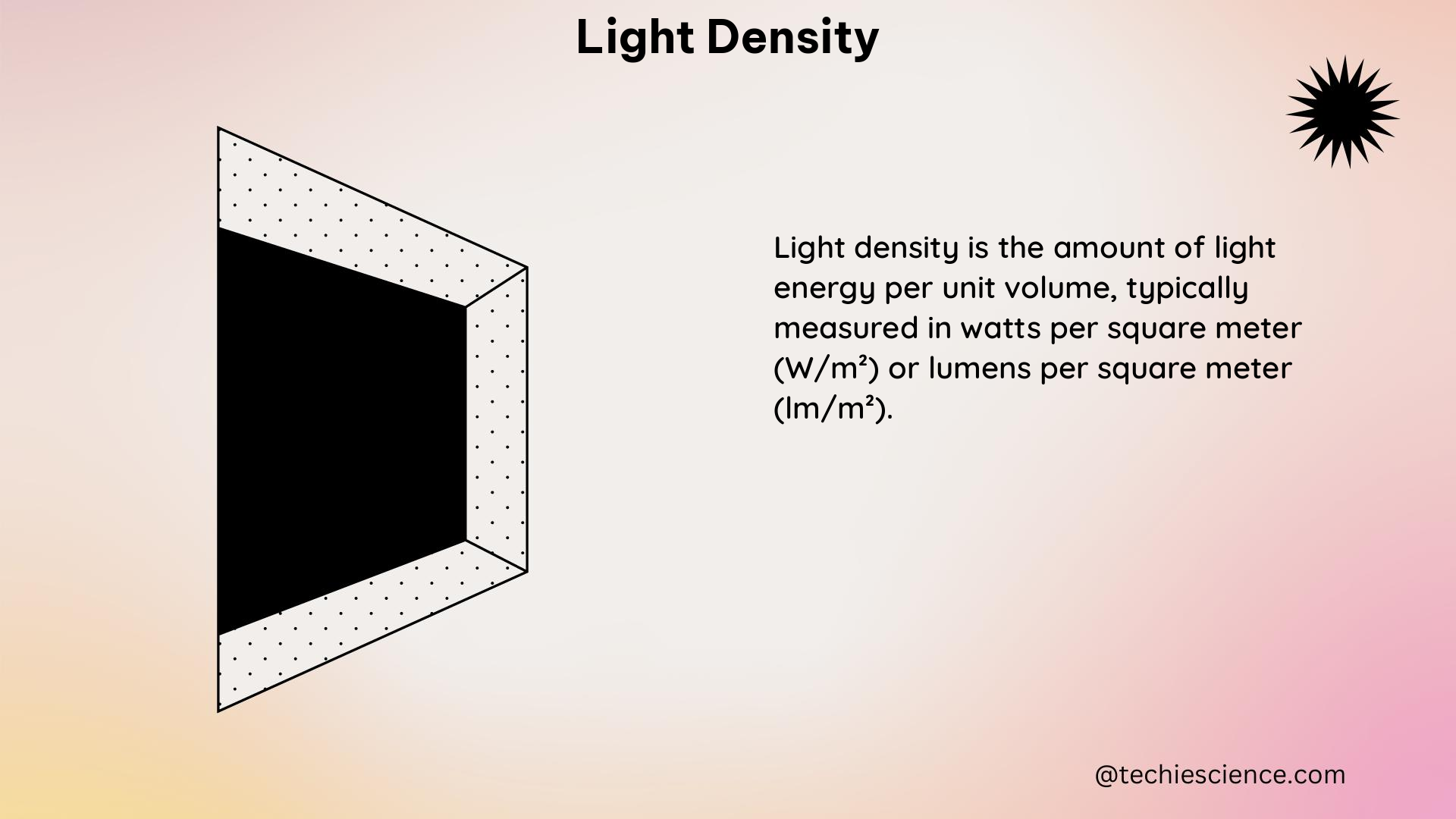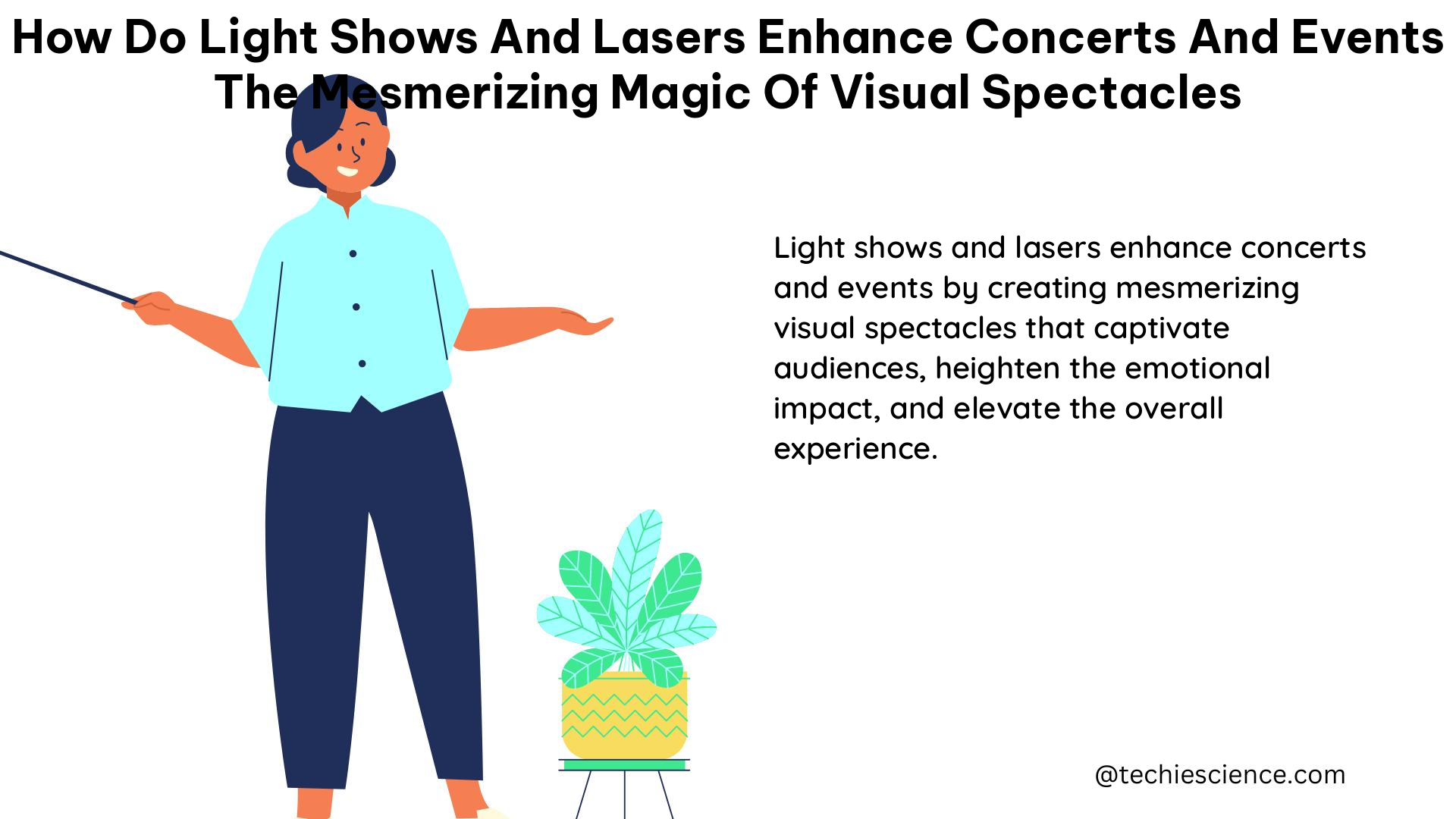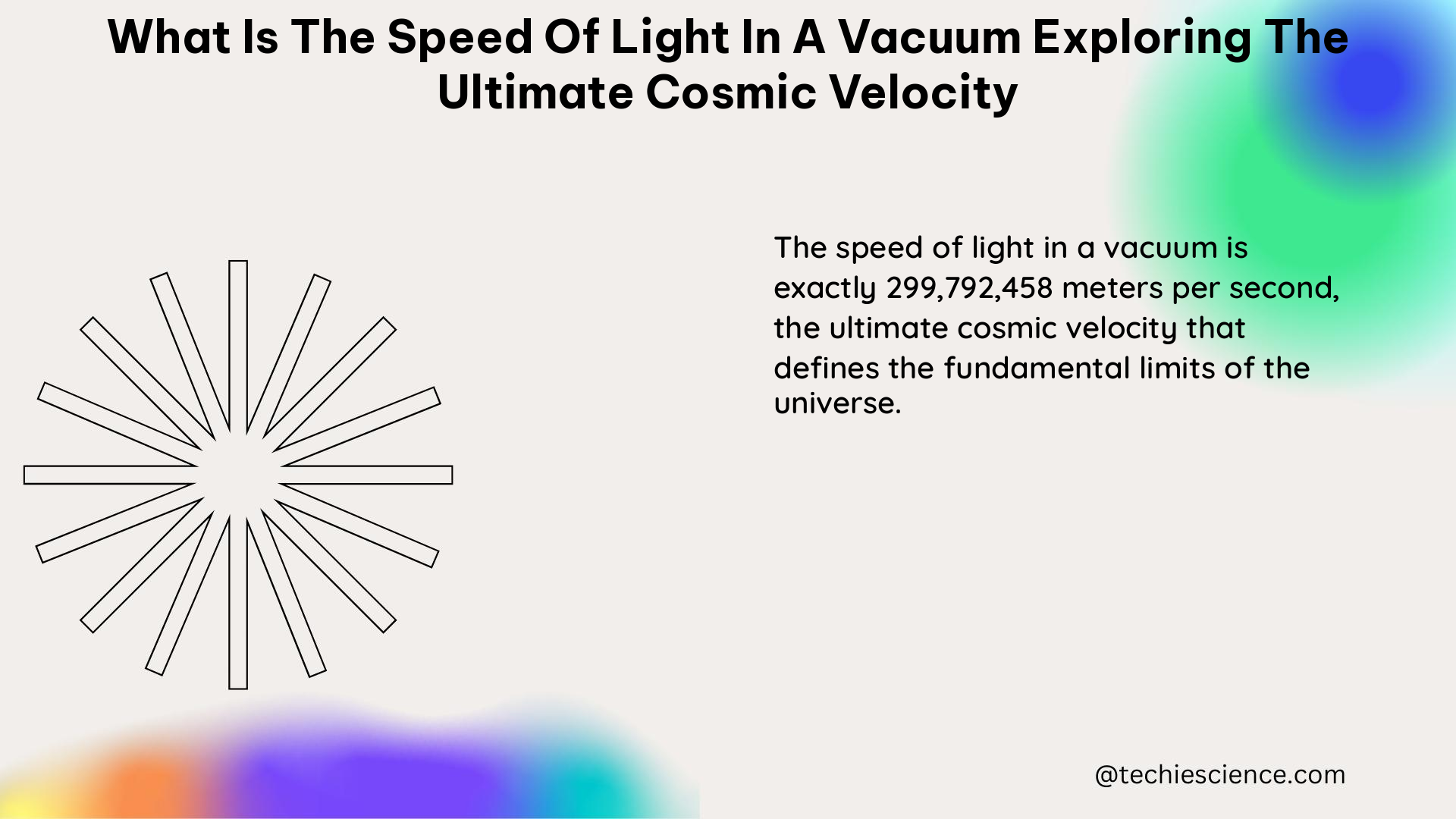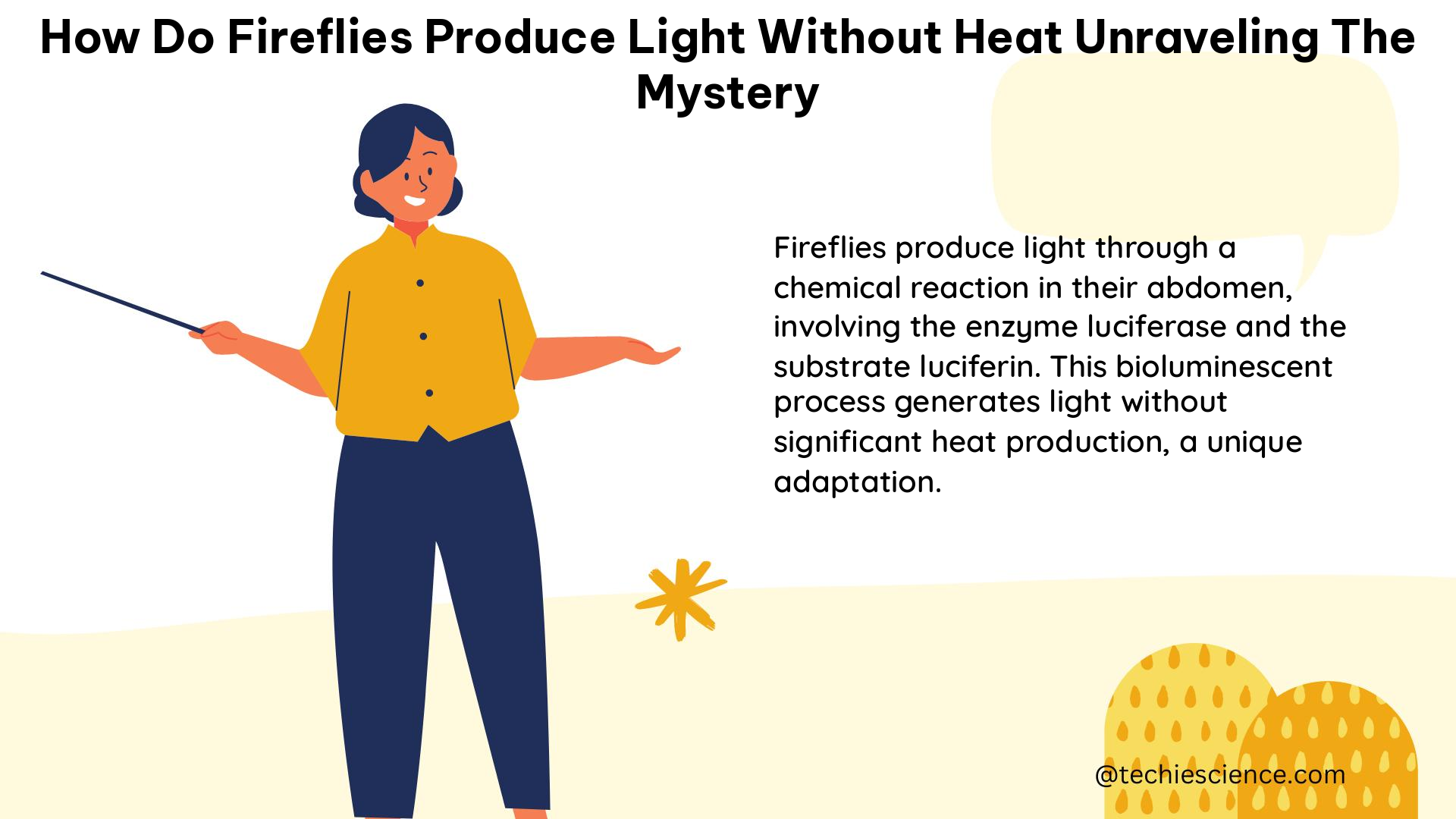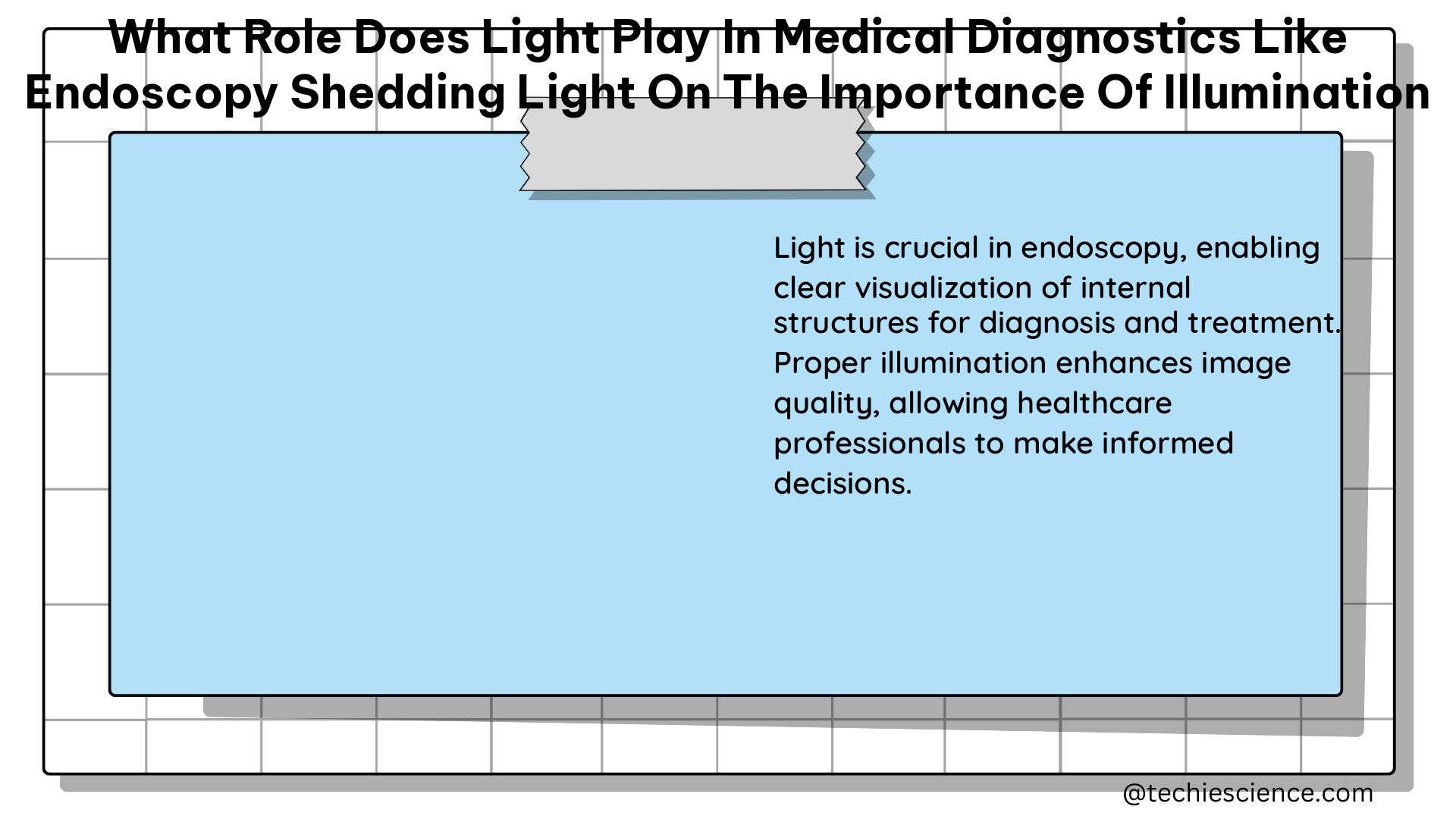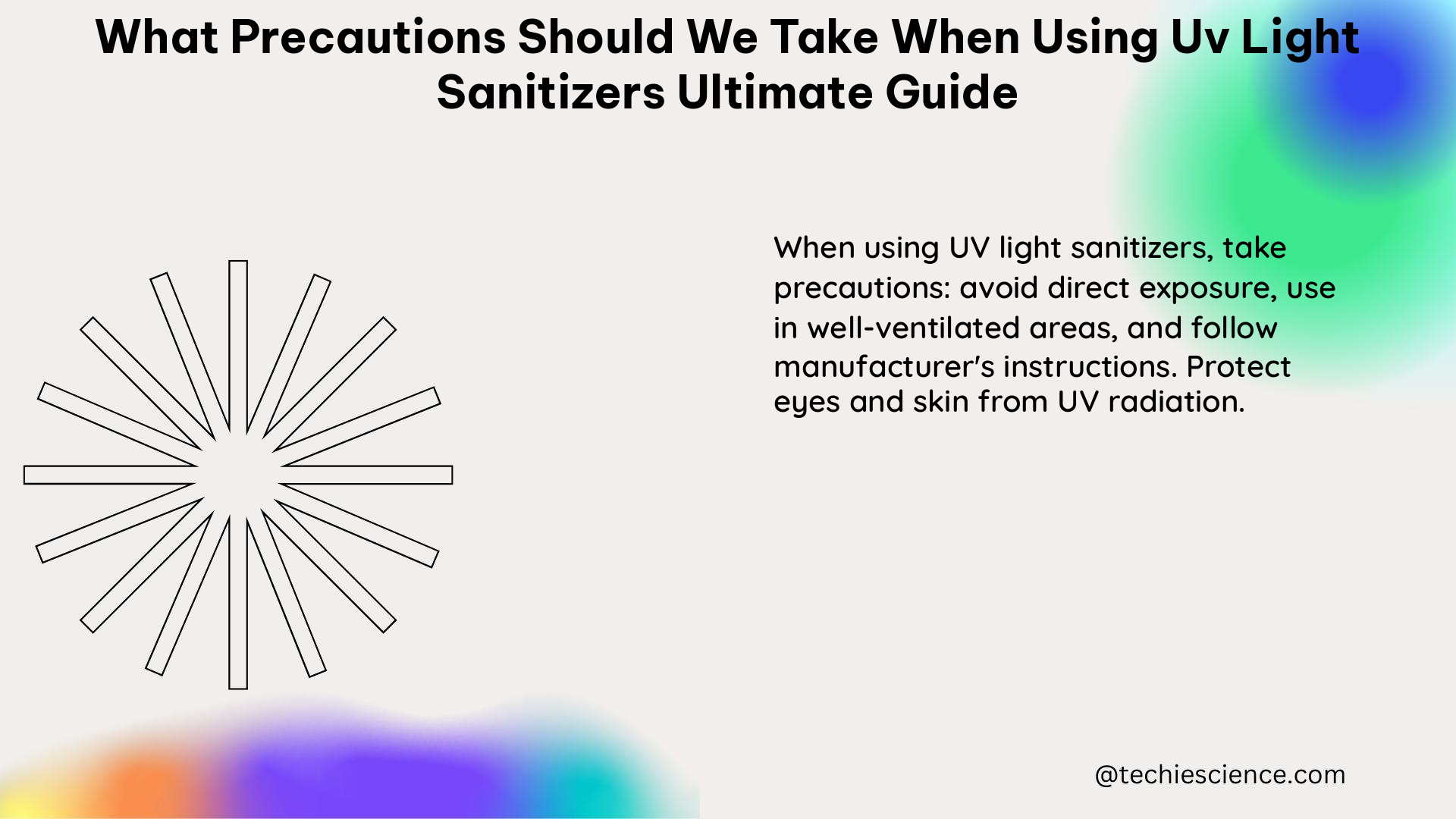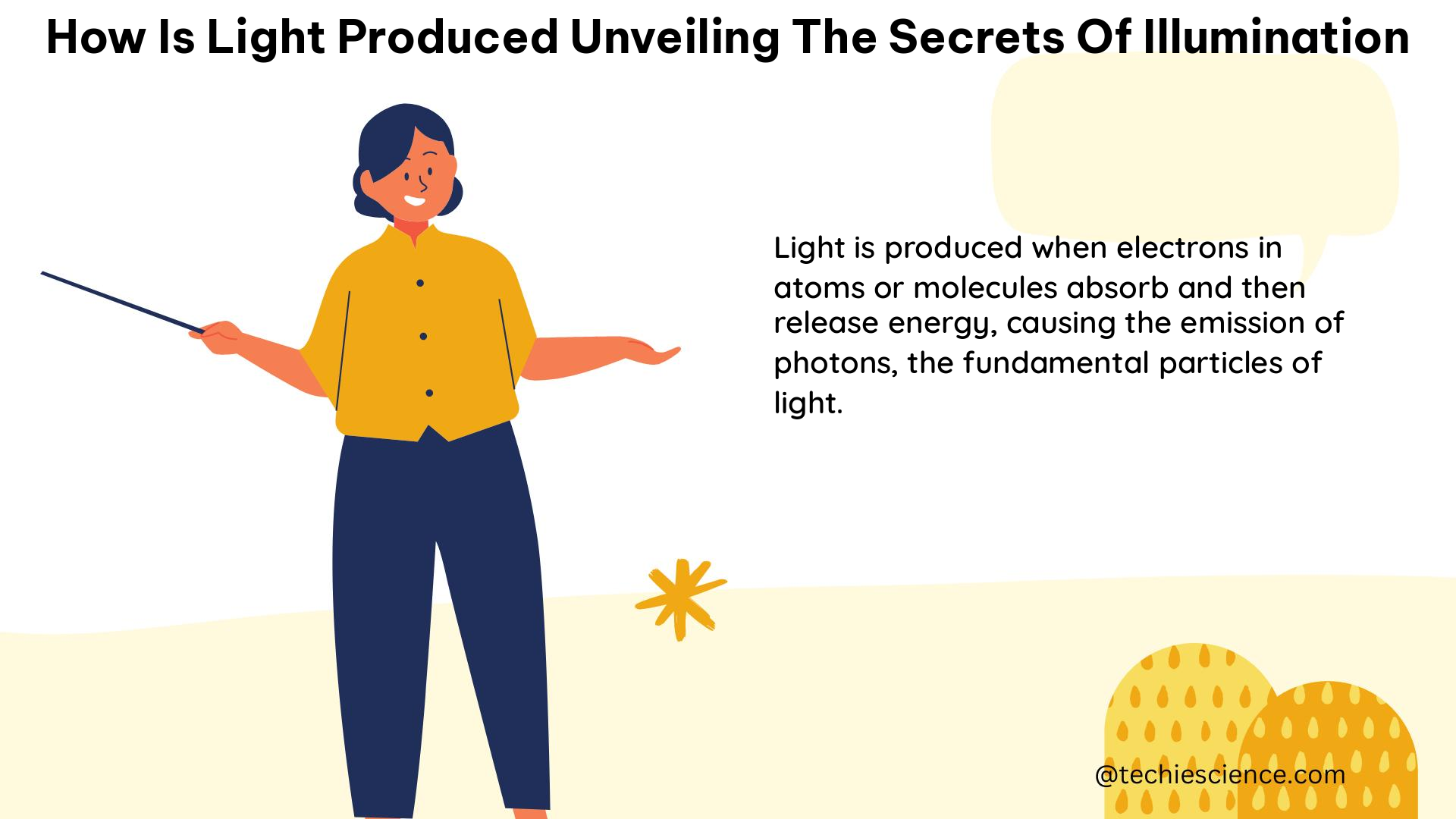The frequency of light is a fundamental property of electromagnetic radiation that remains constant regardless of the medium it travels through. This is a crucial concept in the study of optics and the behavior of light. In this comprehensive blog post, we will delve into the theoretical explanation, measurable data, examples, and numerical problems to understand the constancy of light frequency.
Theoretical Explanation
The frequency of light, denoted by the symbol f, is a measure of the number of oscillations or cycles per second. It is typically measured in hertz (Hz), where 1 Hz represents one cycle per second. The frequency of light is a property of the light itself and does not depend on the medium it travels through.
This is in contrast to the speed of light, c, which can change depending on the medium due to the phenomenon of refraction. The relationship between the frequency, wavelength, and speed of light is given by the equation:
c = λf
where λ represents the wavelength of the light. This equation demonstrates that while the speed of light can vary, the frequency remains constant.
Measurable Data
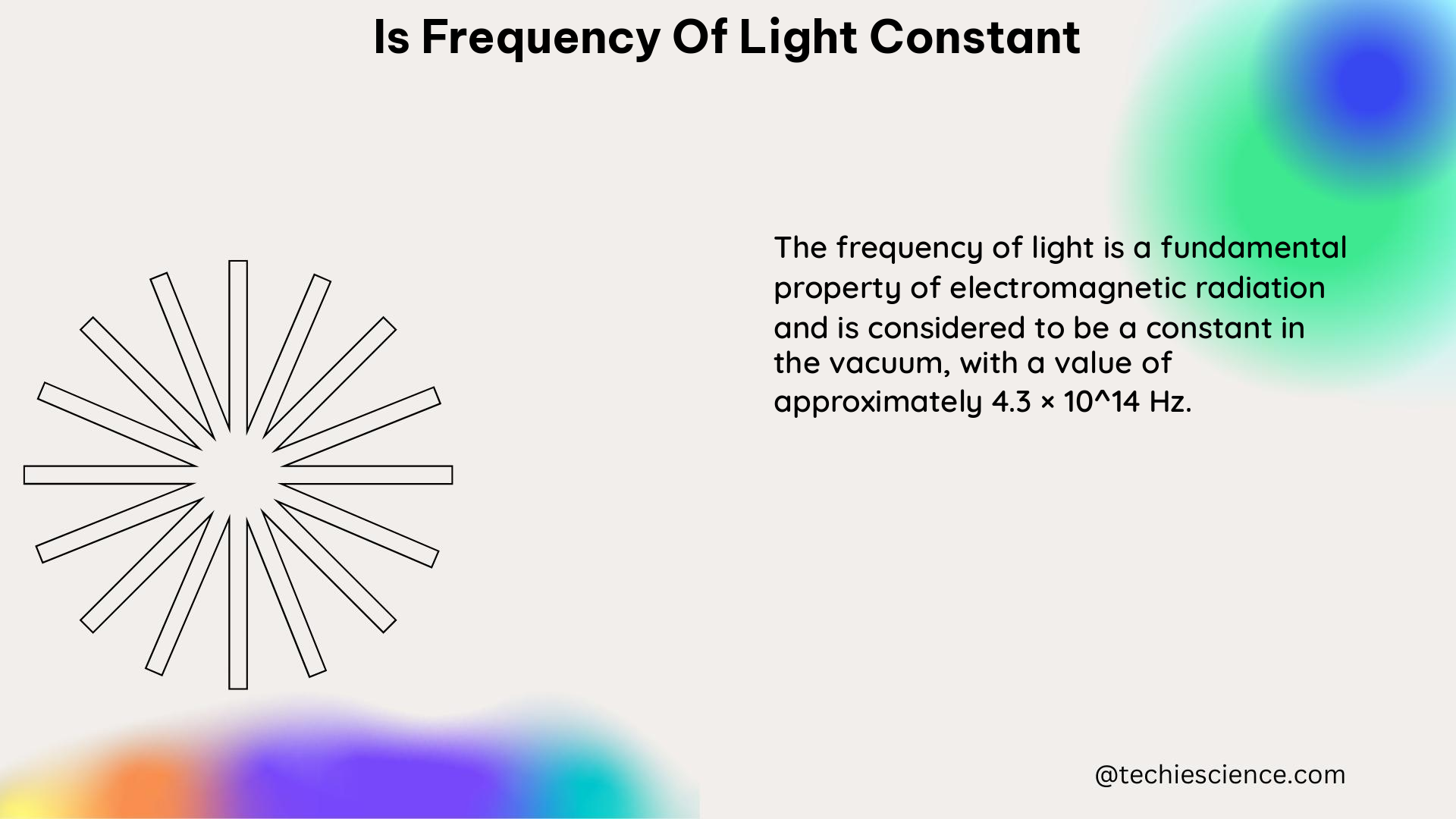
- Speed of Light:
- The speed of light in a vacuum is a universal constant, with a value of exactly 299,792,458 meters per second (m/s).
-
The speed of light changes when it travels through different media, such as air, water, or glass, due to refraction. However, the frequency of the light remains constant.
-
Frequency and Wavelength:
- By measuring the frequency and wavelength of light in different media, it can be confirmed that the frequency remains constant while the wavelength changes.
-
For example, visible light has a frequency range of approximately 4.3 × 10^14 Hz to 7.5 × 10^14 Hz, corresponding to wavelengths from 400 nm to 700 nm.
-
Interferometry:
- Interferometry is a technique used to measure the wavelength of light by splitting a coherent beam into two paths and recombining them to observe interference patterns.
-
By analyzing the interference pattern and the change in path length, the wavelength of the light can be determined, which in turn confirms the constant frequency.
-
Cavity Resonance:
- Cavity resonance involves measuring the resonance frequency of a cavity resonator, which is related to the wavelength of the electromagnetic wave.
-
By knowing the dimensions of the cavity and the resonance frequency, the wavelength and thus the speed of light can be calculated, again confirming the constant frequency.
-
Planck Constant and Photon Energy:
- The Planck constant, denoted by h, relates the energy of a photon to its frequency through the equation E = hf.
- Measuring the energy of photons emitted by light sources, such as LEDs, and their corresponding frequencies confirms the constant frequency of light.
Examples and Numerical Problems
- Example 1: Interferometry
- Suppose we have a coherent beam of light with a frequency of 5.0 × 10^14 Hz. If the wavelength is measured to be 600 nm, what is the speed of light?
- Using the equation c = λf, we get:
c = (600 × 10^(-9) m) × (5.0 × 10^14 Hz) = 3.0 × 10^8 m/s -
The calculated speed of light is 3.0 × 10^8 m/s, which is the accepted value for the speed of light in a vacuum.
-
Example 2: Cavity Resonance
- A microwave cavity has a resonance frequency of 2450 MHz. If the wavelength is measured to be 12.2 cm, what is the speed of light?
- Using the equation c = λf, we get:
c = (12.2 × 10^(-2) m) × (2450 × 10^6 Hz) = 2.998 × 10^8 m/s - The calculated speed of light is 2.998 × 10^8 m/s, which is very close to the accepted value of 299,792,458 m/s.
Figures and Data Points
- Speed of Light: 299,792,458 m/s (exact value in vacuum)
- Frequency of Light: Constant, regardless of medium (e.g., 5.0 × 10^14 Hz for visible light)
- Wavelength of Light: Varies with medium (e.g., 400 nm to 700 nm for visible light)
- Planck Constant: 6.62607015 × 10^(-34) kg⋅m^2/s (exact value)
References
- Wikipedia – Speed of Light: https://en.wikipedia.org/wiki/Speed_of_light
- The Planck Constant and the Relationship of Frequency to Photon Energy: https://community.element14.com/challenges-projects/project14/provingscience/b/blog/posts/the-planck-constant-and-the-relationship-of-frequency-to-photon-energy
- ScienceDirect – Measurable Quantity: https://www.sciencedirect.com/topics/engineering/measurable-quantity
- Reddit – When is Light’s Frequency Constant?: https://www.reddit.com/r/Mcat/comments/x7mzuz/when_is_lights_frequency_constant_and_when_is_its/
- YouTube – Is Frequency Of Light Constant: https://www.youtube.com/watch?v=bEm8BuxV3lU
